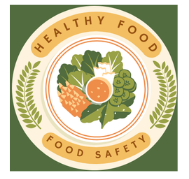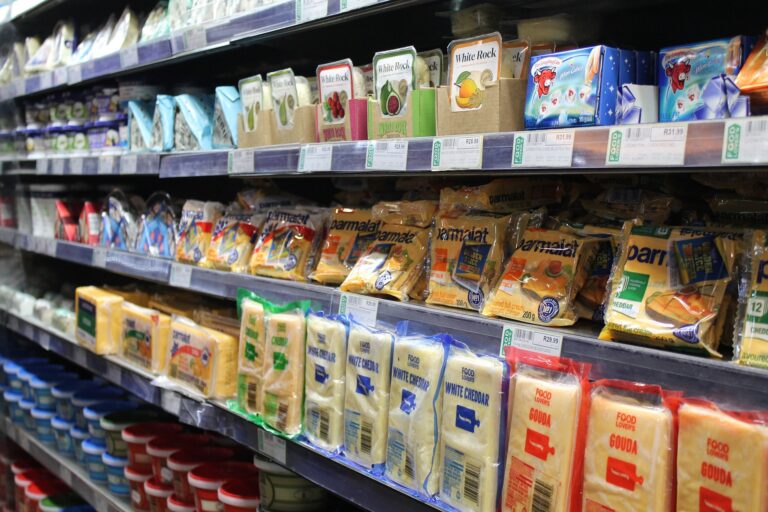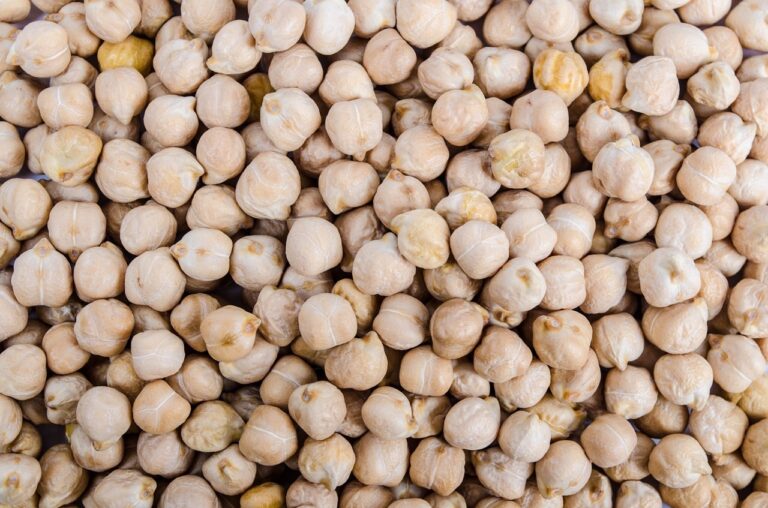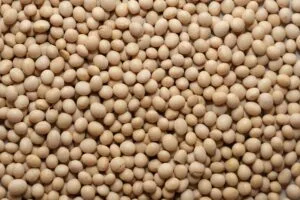Aseptic Packaging of Food
In the world of food packaging, aseptic packaging of food stands out as a revolutionary technique that ensures both the safety and quality of perishable products. With a combination of advanced technology and stringent manufacturing processes, aseptic packaging of food has become an integral part of the food industry globally.
What is Aseptic Packaging of food?
Aseptic packaging is a method being used to fill commercially sterilized products into pre-sterilized containers followed by aseptic hermetical sealing with a pre-sterilized closure, in an atmosphere free of microorganisms.
Aseptic packaging of food maintains the freshness and quality of food and beverages for an extended period. Aseptic packaging prevents the growth of microorganisms and it preserves the sensorial properties of the food while preserving the taste, nutritional value, and texture of the packaged products.
What is The Aseptic Processing of food?
Aseptic processing is the cold filling of commercially sterilized food into a commercially sterilized container with a commercially sterilized environment and the container is hermetically sealed.
What is Hermetical Sealing?
Hermetical sealing is a packaging condition that does not allow the entrance of microorganisms into the food container or package during processing, transportation, distribution, and storage.
What is Commercially Sterile?
Commercially sterile is a packaging condition that is free from pathogenic microorganisms and spoilage organisms that are capable of growth under defined storage conditions.
History of Aseptic Packaging of Food
The use of aseptic processing and packaging of food first started in Denmark in 1913. Then in the early 20th century, Dr. Charles A. Thomas invented the first successful aseptic packaging system known as the “Thomas system.” This process was designed to sterilize glass bottles and food products separately and then seal them in a sterilized microorganisms-free environment. This process was primarily designed to keep in view the milk to increase shelf life.
In 1933, American CAN developed Heat/Cool/Fill CAN machine for the first time then in 1950 another company named Dole brought the first complete commercial aseptic line to the market.
In 1963 aseptic milk was first time sold in Switzerland, in the 1960s new packaging materials, such as multilayer laminates and improved plastics, led to significant advancements in aseptic packaging. The Tetra Brik, which was introduced in 1969, became a widely used packaging material for dairy products and beverage products.
In recent decades, aseptic packaging has continued to evolve with advancements in sterilization technology and packaging materials. The introduction of more advanced sealing techniques, such as heat sealing and ultrasonic sealing, has improved the integrity and sterility of aseptic packages.
Benefits of Aseptic Packaging of Food
Aseptic packaging is widely used globally these days due to its benefits, some of the major benefits of Aseptic Packaging are mentioned as under:
Market Penetration
Aseptic packaged food can be distributed under ambient conditions which means it can be distributed anywhere globally which allows access to new channels.
Logistics Savings
All those products require to be distributed in the cold chain and do not need special temperature arrangements for distribution if processed using Aseptic packaging.
Convenience
Aseptic Packaging provides convenience to consumers by providing ready-to-use products because these products require no refrigeration or preservation. It also enables food producers to package a wide range of products, including dairy items, fruit juices, sauces, soups, and liquid-based pharmaceuticals.
Nutritional Value of Products
The aseptic processing process uses a very gentle treatment that helps in preserving the food’s nutritional value, food original flavor, and texture of the food products which are key to a high-quality food product.
Enhanced Shelf life of Food Products
With the use of aseptic processing, even perishable product shelf life can be extended to months which is significant. This process eliminates the food spoilage microorganisms like bacteria, yeasts, and molds during the processing steps which results in longer shelf life of products.
Reduction in Food Products Waste
Aseptic packaging helps in reducing food waste by extending the shelf life of products which results in preventing food spoilage. It enables the distribution of goods to distant markets, reducing the need for excessive transportation and avoiding product losses due to shorter expiration dates.
Challenges in Aseptic Packaging of Food
There are many benefits but at the same time there are a few challenges as well which are as under:
Conclusion
Aseptic packaging has revolutionized the food industry by providing a reliable method to ensure food safety and maintain product quality. With its ability to extend shelf life, preserve nutritional value, and reduce food waste, aseptic packaging has become an essential aspect of modern food manufacturing. As consumers continue to seek safe and convenient options, aseptic packaging will play a vital role in meeting their demands while ensuring the delivery of fresh and wholesome products.
FAQ





